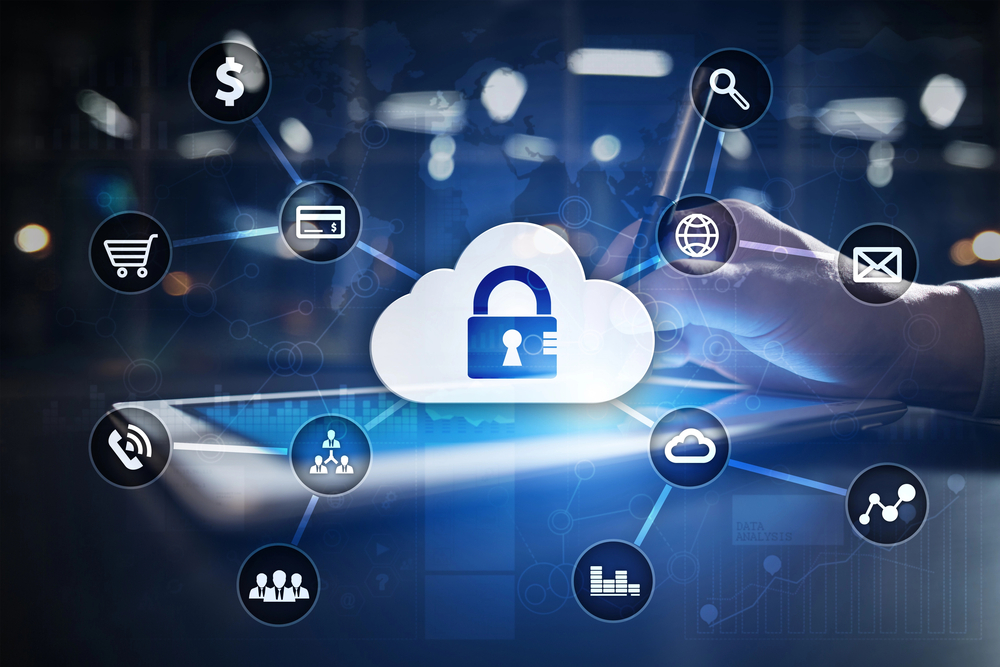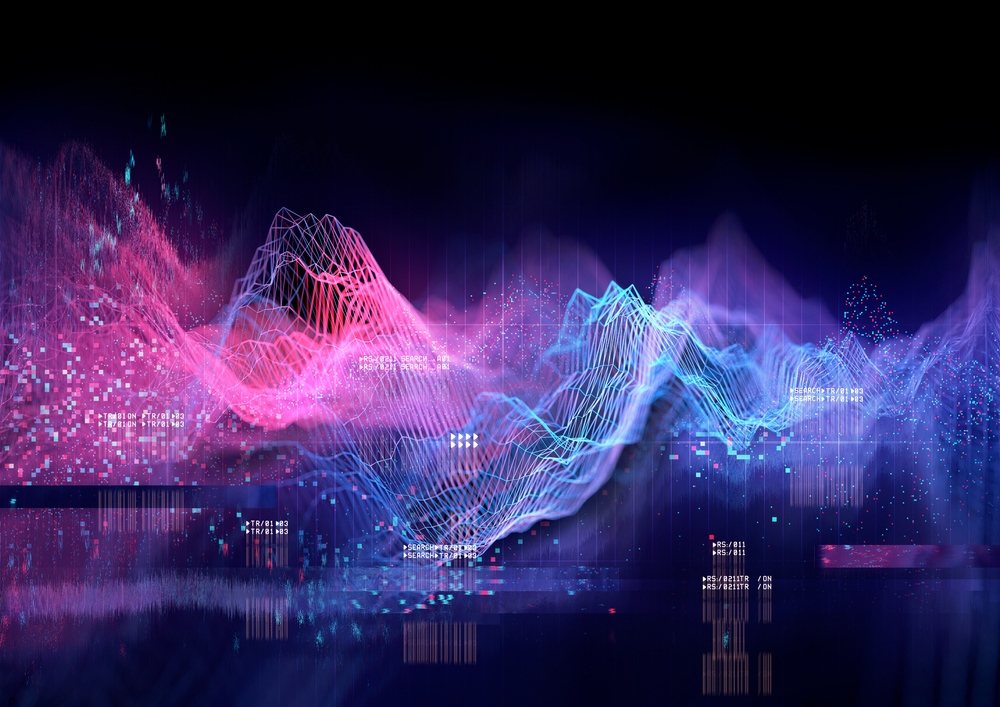
Data in motion, driven by event streaming, is reshaping business processes, enabling real-time insights and applications. Unlike traditional data at rest, this dynamic concept allows organizations to harness the power of real-time data streams to make instant decisions, enhance customer experiences, and streamline operations. Event streaming, a key aspect of data in motion, is shaping the future of data utilization, paving the way for innovative applications across various industries.
In a recent webinar from Confluent, Technology Evangelist Kai Waehner outlines how moving to real-time architecture gives companies a competitive edge. Let’s explore his best practices.
Data in motion: In particular, event streaming
Data in motion refers to digital information flowing in and out of different locations within the architecture. Unlike the old model of data at rest, data in motion implies that companies can not only stream that data but process and use it as soon as it is generated. This is a critical advancement because many company activities and customer interactions do happen continuously and in real time.
That effort requires a centralized data architecture that can aggregate real-time data streams from various sources to make it available to the applications that need it. Specifically, event streaming—a specific use case of data in motion — is the future of data. Companies will use data differently than before, shifting from a basic IT function to something driving deep, profound business value. In so many industries, real-time data is overtaking slow data.
Some of the key aspects of event streaming include:
- Continuous data flow: Facilitating continuous flow of events such as sensor readings, user actions, database changes, and more.
- Scalability: Designed to handle high data volumes and can scale horizontally to accommodate growing workloads.
- Real-time processing: Supports immediate reactions and insights, especially for mission-critical applications like fraud detection and recommendation engines.
See also: Beyond Kafka: Current Conference Captures the Data-in-motion Industry Pulse
What happens when ETL pipelines evolve
According to Waehner’s experience with customers, many people still have Lambda architecture — a data source, a batch layer, and a real-time layer followed by a serving layer. The drawback is that separating batch and real-time layers increases complexity, cost, and implementation time.
Waehner advocates moving to a Kappa architecture — a data source and combined real-time/batch layer is an improvement. You don’t need a separate pipeline for the batch layer. Users can decide whether real-time analysis or batching is appropriate, streamlining the analytics process. While there are some tradeoffs, ultimately, companies will reduce unused architectures and simplify the entire analytics process.
Business users would most likely choose real-time data over batch data if given the opportunity. The companies mentioned in the webinar itself are already using real-time data to support business decisions and operations across a variety of industries, including retail, entertainment, and the service industry.
Modernizing IT through the hybrid multi-cloud
Moving to this framework is a journey. Attempting to migrate all at once will usually fail. That said, Kafka makes it possible to decouple effectively while still allowing everything to communicate effectively. Waehner gives a few examples of how companies are transitioning to this architecture. Here’s one:
During Year 0: Imagine a core banking framework running on an on-prem mainframe. It features direct legacy mainframe communications to the target app.
- Year 1: The company uses Kafka to decouple the mainframe and target app. They build an integration between the legacy platform and Kafka, using it not only for messaging but also for storage itself. Once the integration is done, new applications are possible.
- Year 2 to 4: The company keeps the legacy system but can continue to add necessary apps or external solutions as make sense.
- Year 5: If the company wishes to finally sunset the legacy system, there’s a strong framework in place that allows the legacy system to shut down with no unnecessary downtime.
The point is an ongoing system, one that’s composable and flexible. IT modernization should meet modern business needs rather than forcing business operations to fit into a rigid architecture. Waehner recommends understanding the different possible Kafka architectures and their pros and cons to avoid difficult reengineering later.
Important applications of event streaming
Waehner outlines several ways companies are already succeeding with event streaming.
Customer experience and customer 360
Real-time architecture is allowing companies to deliver a hyper-personalized experience. Each visit can now be “a one-on-one marketing opportunity,” which keeps customers highly engaged. Companies are using historical data and correlating it to real-time data to create a complete picture of each customer—not large swaths of customers and not artificial segmentation like geography.
Imagine a customer exploring car configurations on an automaker’s website. The automaker can compile this activity across each interaction and match it to the customer’s spending history and engagement with the company. When the customer walks into the dealership at the end of the month, the sales associate has this data right at hand. The associate knows this customer’s preferences and can put everything in context. Even more, the associate receives targeted recommendations for ensuring the customer has a positive experience, such as providing a discount or including extra perks the customer would value.
IoT and Big data processing
IoT conversations often include talk about hybrid architectures. IoT requires a high level of flexibility within the architecture. A company may begin cloud-only, but cloud-exclusive processing becomes too expensive with each addition of IoT devices and edge systems.
Kafka clusters allow companies to build a system that’s efficient and scalable. Companies can use one cluster to begin and then expand later as needs change. Pilot projects roll out and, when successful, expand without reengineering the architecture itself.
Machine learning and analytics
Combining machine learning and Kafka for streaming data also makes a lot of sense. Kafka is the backbone providing streaming data that trains machine learning. Kafka supports machine learning in production, supporting data integration and even embedding for real-time predictions.
Companies are using this combination for things like fraud detection. With streaming data, machine learning models can build systemic profiles and understand anomalous behavior for better detection alerts.
Charting a data-driven future with event streaming
With its real-time capabilities and applications spanning from customer experiences to IoT, event streaming offers a transformative edge in today’s data-driven landscape. As organizations continue to embrace cloud-native architectures and adapt to evolving demands, event streaming remains the compass guiding them toward more agile, personalized, and responsive operations.
View the entire webinar here for more details and a chance to see how event streaming could play out in real life.

Elizabeth Wallace is a Nashville-based freelance writer with a soft spot for data science and AI and a background in linguistics. She spent 13 years teaching language in higher ed and now helps startups and other organizations explain – clearly – what it is they do.


